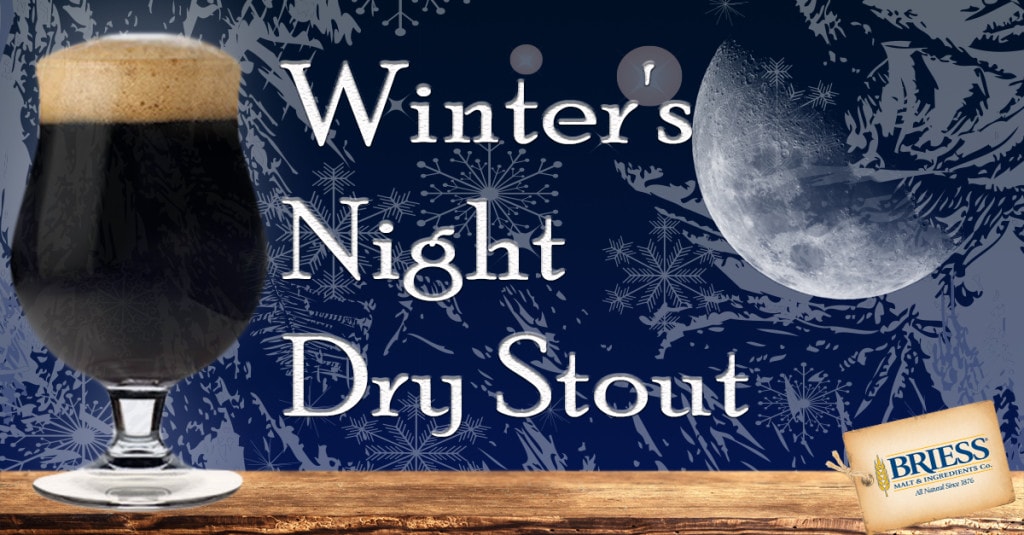Have you ever been curious about how Briess makes CBW® Extracts?
The Irish Road Extract/Drying Plant in Chilton, Wisconsin, is home to the state’s third largest brewhouse where CBW® brewer’s and Maltoferm® food grade malt extracts are made. The plant also maintains a dedicated milling system for the production of BriesSweet™ gluten-free syrups.
The CBW® Process

Milling — Rollers are adjusted to obtain maximum yield.
Mashing & Conversion — Mashing involves mixing water with the ground malt and raising the temperature to dissolve sugars, starches, and enzymes. The enzymes become active and convert soluble starches to sugars. Mashing takes about three hours.
Lautering & Boiling — The mash is transferred to the lauter tun where spent grains are separated from the wort. The wort is transferred to the brew kettle where it is boiled.
Clarification — The wort is transferred to a whirlpool that acts like a cyclone to settle out any solid material. The wort is cooled before being transferred to storage.
Evaporation or Drying — Batches are fed into storage every four hours, and the storage tanks continuously feed into the evaporator, which concentrates the wort to 80% solids (about the consistency of honey), or dryer, which dries the wort to an agglomerated powder. The evaporator works under vacuum, which allows the wort to boil at lower temperatures, saving both time and energy. Lower temperatures also allow concentration to occur without damaging the color or flavor of the concentrated wort. From the evaporator or dryer, product is transferred into bulk trucks or to the packaging room.


